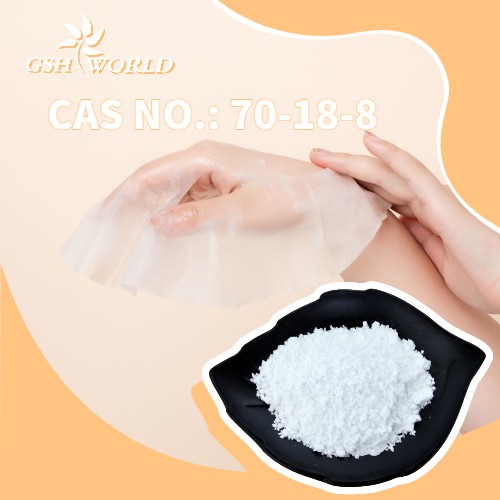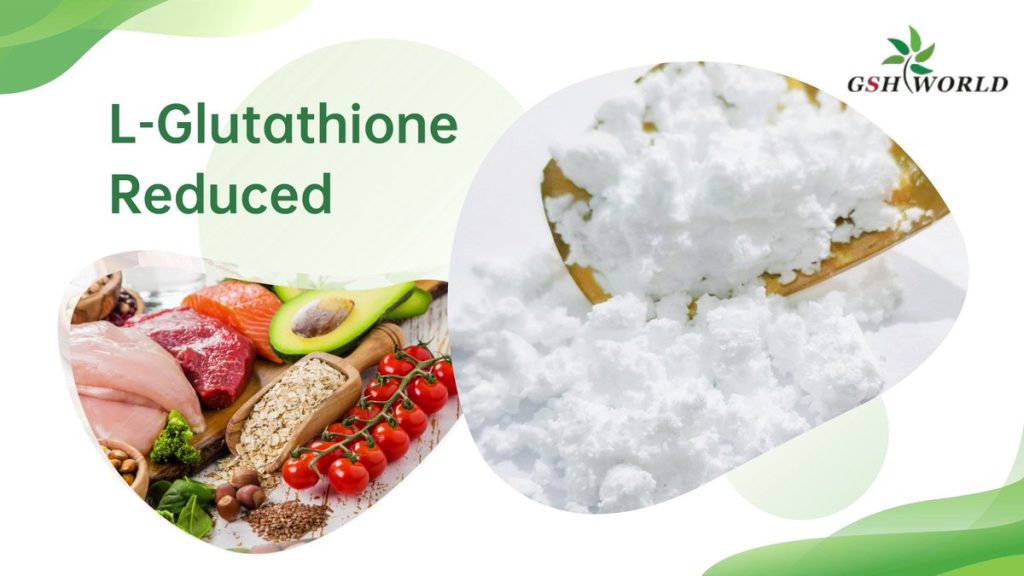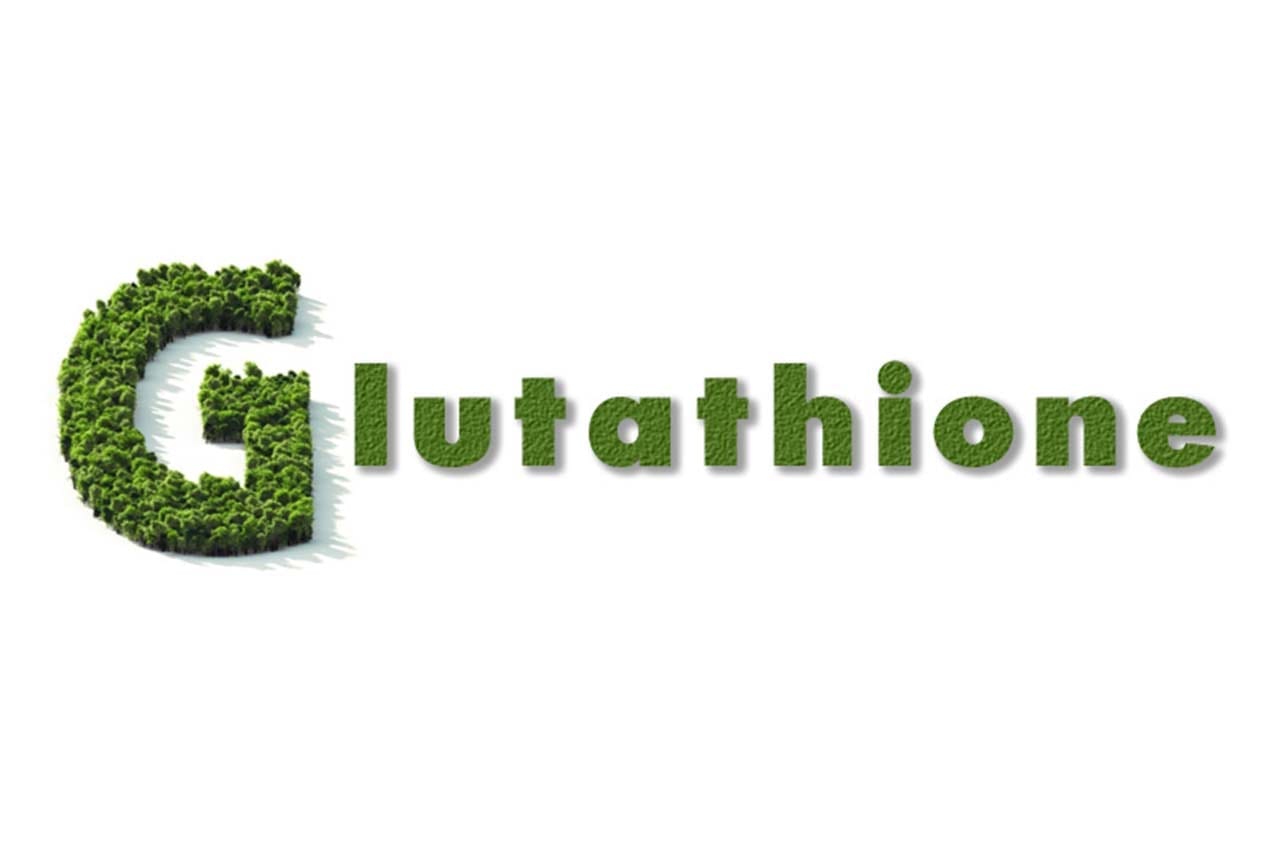When it comes to antioxidants, most people will first think of Glutathione or vitamin C.
But the antioxidant factor that scientists truly consider “more stable and smarter” is actually ergothioneine (EGT).
To break down differences between the two, only look at the mechanism and data.
All of them can resist oxidation, but pathways of action are different
Glutathione (GSH) is a naturally occurring tripeptide antioxidant in the human body and directly participates in the neutralization of free radicals within cells.
However, the problem is that its molecular structure is unstable and it is extremely prone to oxidation and inactivation. Especially after exogenous intake, the oral absorption rate is very low, and a lot is decomposed by the intestines.
In contrast, ergothionine (EGT), although not synthesized in the body, has extremely high stability and can remain in the body for several weeks. It has strong antioxidant activity and does not deplete as rapidly as GSH.
EGT can also eliminate various types of reactive oxygen species (ROS), including hydroxyl radicals, superoxide anions, singlet oxygen, etc., with a broader range of action pathways.
Source: Servillo et al., Free Radical Biology and Medicine, 2015.

One relies on “head-on confrontation”, other on “clever conquest”
Glutathione is like a “firefighter”, rushing to wherever there is a fire, but it is prone to burns (with a short REDOX cycle and easy failure).
EGT is more like a “bodyguard”, stationed in the dangerous area in advance and silently blocking the oxidation process.
And a key advantage of EGT is:
It does not conflict with vitamin C and coenzyme Q10 and can work together, which is very important in complex skin care formulas.
Glutathione has poor compatibility with other ingredients. In some formulas, adding it may cause discoloration and layering.
Transport proteins determine “status difference” of organisms
Ergothione has a dedicated transport channel in cells – the ETT protein (SLC22A4), which only serves EGT. The human body even actively stores it and concentrates it in organs with high oxidative loads, such as the liver, kidneys, skin, brain, and eyes.
Glutathione does not have a dedicated channel and must be continuously replenished through the reduction cycle. It relies on liver function and NADPH for energy supply, is consumed quickly, and has a poor storage mechanism.
This also explains why EGT can maintain its activity for a long time with a smaller dose, while glutathione requires frequent supplementation to maintain its effect.
Source: Gründemann D. et al., PNAS, 2005.
Which skin care product has a stronger presence?
Glutathione, due to its low raw material cost and high popularity, is often used in skin care products that emphasize “whitening and brightening the skin”, but the addition amount is often insufficient, and sometimes it is just a gimmick.

Although EGT is expensive, more and more high-end brands are willing to pay for it and use it in skin barrier repair, anti-inflammatory and anti-aging products.
Its gentle, stable and non-irritating characteristics give it obvious advantages in the care of sensitive skin, postoperative skin and skin that stays up late.
Currently, the use of EGT is mainly concentrated in Japanese essence and ampoule products, with the addition amount usually ranging from 0.1% to 0.5%, which is considered an effective concentration.
conclusion is not about who is better, but who is more suitable
Glutathione is suitable for young skin that requires short-term brightening and whitening interventions.
However, for high-net-worth individuals dealing with early aging, sensitive skin repair, and those under urban stress, ergothione is a more scientifically valuable long-term option.
Reference materials
- Gründemann D. et al. “Discovery of the ergothioneine transporter”, PNAS, 2005.
- Servillo L. et al. “Ergothioneine: a physiological cytoprotectant”, Free Radic Biol Med, 2015.
- Nakamichi N. et al. “Role of ETT transporter in ergothioneine uptake”, Biochem Biophys Res Commun, 2016.


